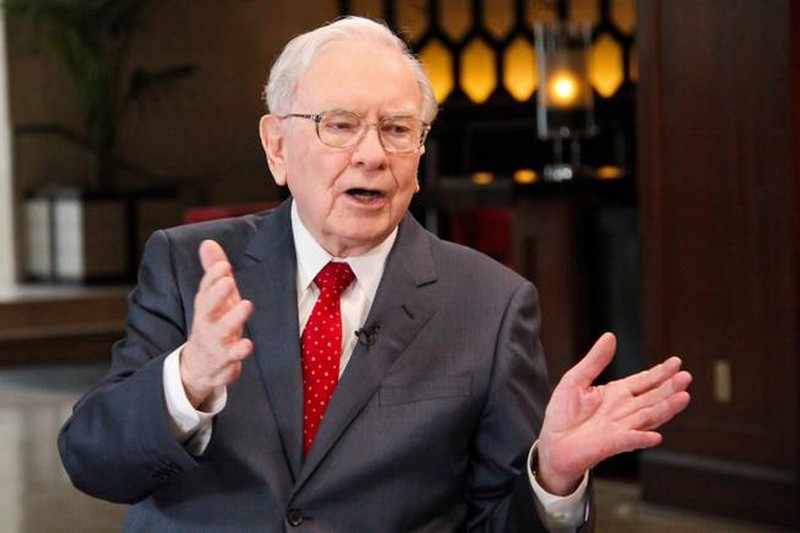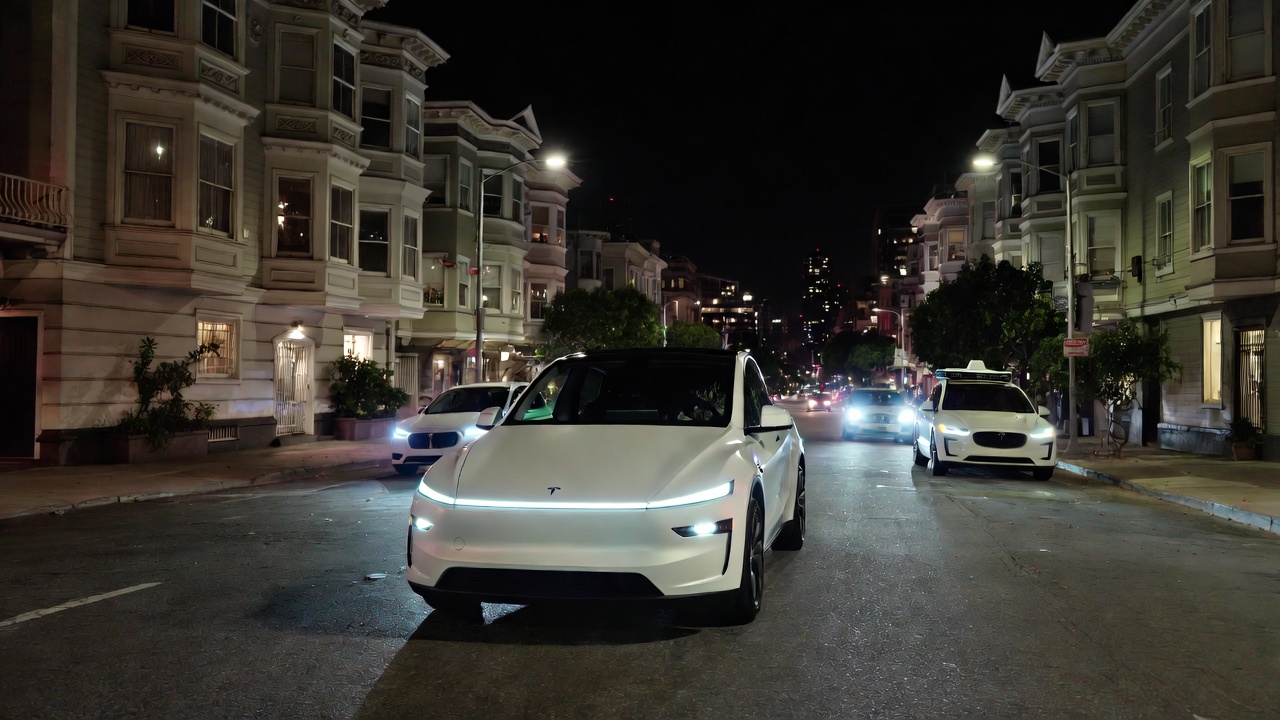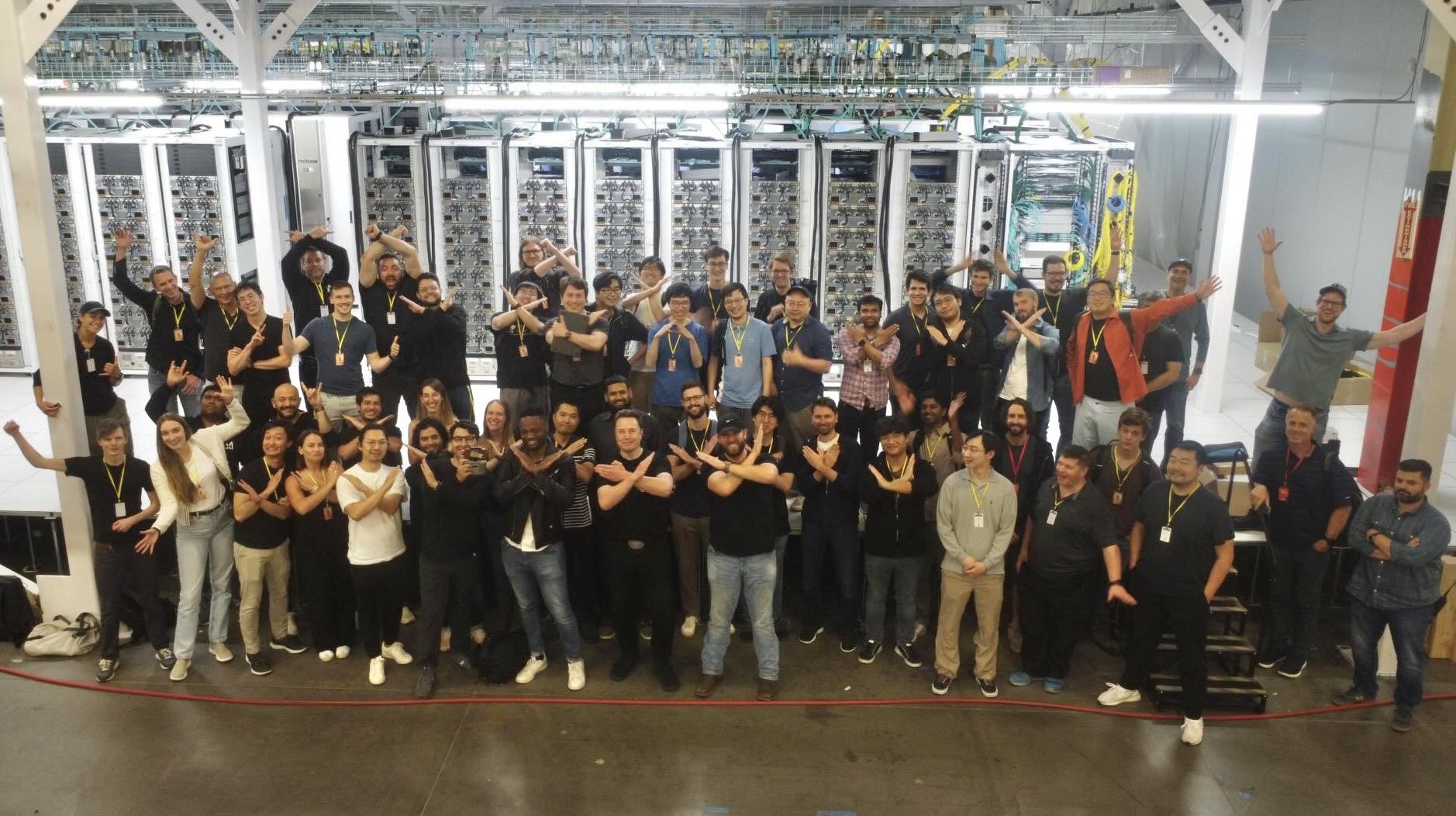News
Elon Musk and Warren Buffett Squabble Over Solar In Nevada
Warren Buffett’s Berkshire Hathaway owns NV Energy, the largest utility company in Nevada. NV Energy has recently pressured the Nevada PUC to slash the amount it must pay residential solar customers for electricity from rooftop solar arrays. Elon Musk is not happy.

Warren Buffett’s company Berkshire Hathaway owns NV Energy, Nevada’s largest electric utility. Part of Tesla Motors’ agreement with the State of Nevada regarding the Gigafactory is a provision that guarantees the factory to receive discounted electricity rates for 8 years. However that discount will result in a $1.50 per year increase to existing NV Energy customers, according to the Las Vegas Sun.
Elon Musk has a major role in SolarCity, the rooftop solar company that specializes in helping residential customers obtain rooftop solar systems for their homes. In Nevada, those homeowners were able to sell any excess electricity back to NV Energy through a process known as net metering. The reimbursement rate was set at 11 cents per kilowatt. That extra money helped fuel a boom in residential rooftop solar with SolarCity leading the way.
But recently, under heavy pressure from NV Energy, the Nevada Public Utilities commission slashed the rate to just 2.6 cents per kilowatt. The rooftop solar companies screamed that the move would eviscerate the residential solar industry in the state. SolarCity shut down its operation in Nevada and laid off hundreds of employees.
Warren Buffett told CNBC on Monday that it is ridiculous for NV Energy to pay rooftop solar customers 11 cents per kilowatt when the company’s base cost of electricity from conventional operations is just 5 cents per kilowatt. He says it is unfair for 1,000,000 customers who don’t have rooftop solar to subsidize the 17,000 or so who do. He says Elon Musk has called and spoken to him about the situation.
“He was unhappy,” Buffett said of Musk. Then he added, “He’s being subsidized with his battery plant big time.” Is that really true? The battery factory Buffett is referring to is the Tesla Gigafactory, which has been designed from the start to be net zero. That means it will generate more electricity every year than it uses. Net zero does not mean it will never draw power from the electrical grid. It means it will put more back into the grid than it uses over the course of a year. There is no information available on how the new rules from the Nevada Public Utilities commission may impact Tesla.
-->
In order to qualify for the subsidies, Tesla must prove it is hiring a certain percentage of Nevada natives to build and operate the Gigafactory. Tesla has agreed to provide money and other resources to expand schools, police, and fire services in the area. It is also acting as a magnet for other industries to move to what was previously an undeveloped desert.
Musk always likes to remind people that the $1.3 billion Tesla is receiving in incentives amount to only a small discount compared to the size of the economic benefits the project is conferring on the area. “It makes sense that if something is the biggest thing on Earth, it’s probably going to have incentives that are big in the absolute, but small in relative terms,” Musk says
Warren Buffett likes to say that Berkshire Hathaway is strongly committed to reducing global carbon emissions. But he, like the Koch Brothers, is heavily invested in fossil fuels. According to ThinkProgress, he wrote in his annual letter to investors recently, “Last year, BHE [Berkshire Hathaway Energy] made major commitments to the future development of renewables in support of the Paris Climate Change Conference.”
That may be true, but last year it also nearly doubled its position in Phillips 66 and boosted its investment in Suncor position by nearly seven million shares to 30 million shares, an investment now worth approximately $1.1 billion. Suncor is the Canadian company that seeks to develop the Alberta tar sands, the dirtiest source of petroleum on the planet.
Buffett may be one of the smartest investors in the history of the planet, but he is no leader on climate change issues the way Musk is. His letter to investors had this paragraph: "As a citizen, you may understandably find climate change keeping you up nights. As a homeowner in a low-lying area, you may wish to consider moving. But when you are thinking only as a shareholder of a major insurer, climate change should not be on your list of worries."
ThinkProgress labels coastal flooding as a potential trillion dollar liability. Berkshire Hathaway is one of the largest companies in flood insurance and therefore has a huge potential risk from rising sea levels.
Photo credit: CNBC

News
Nvidia CEO Jensen Huang explains difference between Tesla FSD and Alpamayo
“Tesla’s FSD stack is completely world-class,” the Nvidia CEO said.

NVIDIA CEO Jensen Huang has offered high praise for Tesla’s Full Self-Driving (FSD) system during a Q&A at CES 2026, calling it “world-class” and “state-of-the-art” in design, training, and performance.
More importantly, he also shared some insights about the key differences between FSD and Nvidia’s recently announced Alpamayo system.
Jensen Huang’s praise for Tesla FSD
Nvidia made headlines at CES following its announcement of Alpamayo, which uses artificial intelligence to accelerate the development of autonomous driving solutions. Due to its focus on AI, many started speculating that Alpamayo would be a direct rival to FSD. This was somewhat addressed by Elon Musk, who predicted that “they will find that it’s easy to get to 99% and then super hard to solve the long tail of the distribution.”
During his Q&A, Nvidia CEO Jensen Huang was asked about the difference between FSD and Alpamayo. His response was extensive:
“Tesla’s FSD stack is completely world-class. They’ve been working on it for quite some time. It’s world-class not only in the number of miles it’s accumulated, but in the way it’s designed, the way they do training, data collection, curation, synthetic data generation, and all of their simulation technologies.
“Of course, the latest generation is end-to-end Full Self-Driving—meaning it’s one large model trained end to end. And so… Elon’s AD system is, in every way, 100% state-of-the-art. I’m really quite impressed by the technology. I have it, and I drive it in our house, and it works incredibly well,” the Nvidia CEO said.
Nvidia’s platform approach vs Tesla’s integration
Huang also stated that Nvidia’s Alpamayo system was built around a fundamentally different philosophy from Tesla’s. Rather than developing self-driving cars itself, Nvidia supplies the full autonomous technology stack for other companies to use.
“Nvidia doesn’t build self-driving cars. We build the full stack so others can,” Huang said, explaining that Nvidia provides separate systems for training, simulation, and in-vehicle computing, all supported by shared software.
He added that customers can adopt as much or as little of the platform as they need, noting that Nvidia works across the industry, including with Tesla on training systems and companies like Waymo, XPeng, and Nuro on vehicle computing.
“So our system is really quite pervasive because we’re a technology platform provider. That’s the primary difference. There’s no question in our mind that, of the billion cars on the road today, in another 10 years’ time, hundreds of millions of them will have great autonomous capability. This is likely one of the largest, fastest-growing technology industries over the next decade.”
He also emphasized Nvidia’s open approach, saying the company open-sources its models and helps partners train their own systems. “We’re not a self-driving car company. We’re enabling the autonomous industry,” Huang said.
Elon Musk
Elon Musk confirms xAI’s purchase of five 380 MW natural gas turbines
The deal, which was confirmed by Musk on X, highlights xAI’s effort to aggressively scale its operations.

xAI, Elon Musk’s artificial intelligence startup, has purchased five additional 380 MW natural gas turbines from South Korea’s Doosan Enerbility to power its growing supercomputer clusters.
The deal, which was confirmed by Musk on X, highlights xAI’s effort to aggressively scale its operations.
xAI’s turbine deal details
News of xAI’s new turbines was shared on social media platform X, with user @SemiAnalysis_ stating that the turbines were produced by South Korea’s Doosan Enerbility. As noted in an Asian Business Daily report, Doosan Enerbility announced last October that it signed a contract to supply two 380 MW gas turbines for a major U.S. tech company. Doosan later noted in December that it secured an order for three more 380 MW gas turbines.
As per the X user, the gas turbines would power an additional 600,000+ GB200 NVL72 equivalent size cluster. This should make xAI’s facilities among the largest in the world. In a reply, Elon Musk confirmed that xAI did purchase the turbines. “True,” Musk wrote in a post on X.
xAI’s ambitions
Recent reports have indicated that xAI closed an upsized $20 billion Series E funding round, exceeding the initial $15 billion target to fuel rapid infrastructure scaling and AI product development. The funding, as per the AI startup, “will accelerate our world-leading infrastructure buildout, enable the rapid development and deployment of transformative AI products.”
The company also teased the rollout of its upcoming frontier AI model. “Looking ahead, Grok 5 is currently in training, and we are focused on launching innovative new consumer and enterprise products that harness the power of Grok, Colossus, and 𝕏 to transform how we live, work, and play,” xAI wrote in a post on its website.
Elon Musk
Elon Musk’s xAI closes upsized $20B Series E funding round
xAI announced the investment round in a post on its official website.

xAI has closed an upsized $20 billion Series E funding round, exceeding the initial $15 billion target to fuel rapid infrastructure scaling and AI product development.
xAI announced the investment round in a post on its official website.
A $20 billion Series E round
As noted by the artificial intelligence startup in its post, the Series E funding round attracted a diverse group of investors, including Valor Equity Partners, Stepstone Group, Fidelity Management & Research Company, Qatar Investment Authority, MGX, and Baron Capital Group, among others.
Strategic partners NVIDIA and Cisco Investments also continued support for building the world’s largest GPU clusters.
As xAI stated, “This financing will accelerate our world-leading infrastructure buildout, enable the rapid development and deployment of transformative AI products reaching billions of users, and fuel groundbreaking research advancing xAI’s core mission: Understanding the Universe.”
xAI’s core mission
Th Series E funding builds on xAI’s previous rounds, powering Grok advancements and massive compute expansions like the Memphis supercluster. The upsized demand reflects growing recognition of xAI’s potential in frontier AI.
xAI also highlighted several of its breakthroughs in 2025, from the buildout of Colossus I and II, which ended with over 1 million H100 GPU equivalents, and the rollout of the Grok 4 Series, Grok Voice, and Grok Imagine, among others. The company also confirmed that work is already underway to train the flagship large language model’s next iteration, Grok 5.
“Looking ahead, Grok 5 is currently in training, and we are focused on launching innovative new consumer and enterprise products that harness the power of Grok, Colossus, and 𝕏 to transform how we live, work, and play,” xAI wrote.









